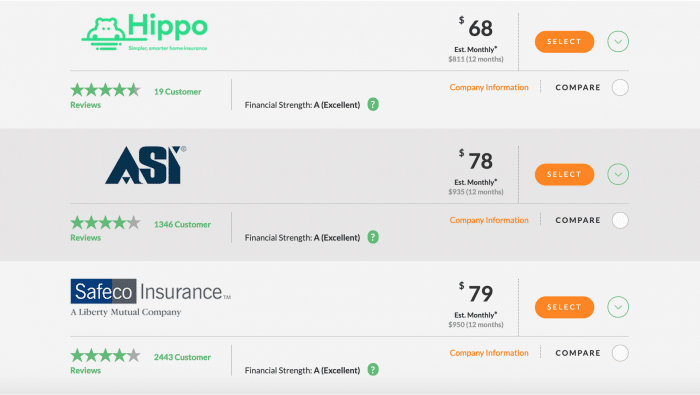
Compare the available options before you decide to purchase pet insurance. The table below will give an overview of the different companies. In particular, pay attention to rates, Deductibles, Waiting periods, and Coverage options. This will enable you to choose the right policy for your cat and dog.
Rates
The cost of pet insurance depends on your pet's age and how much coverage you need. Providers charge more for pets older than usual because they are more likely to become sick or injured. Many policies do not cover pets with pre-existing health conditions, or may refuse to take in older pets. Ask your insurance company for benefits and discounts before you purchase a policy. Multi-pet discounts are also available.
Numerous studies have been conducted to compare pet insurance rates. For instance, one study found that cats are less expensive than dogs. One study showed that cats are less likely to visit the veterinarian than dogs and thus, are more affordable. There are many other factors that you should consider when comparing rates.
Options for coverage
It is important to compare pet insurance coverage options. While some companies provide comprehensive coverage for all medical expenses, others only offer coverage for a select few health conditions. Many companies also require a deductible, which means you have to pay a certain amount up front. There are many options for deductibles, ranging from $100 to $500. It's important that you know what is best for your pet and yourself.

The cost of veterinary services and the number covered by pet insurance are also important factors to consider when comparing different options. All-insured policies cost more than accident-only policies. On the other hand, accidents-and-illness plans provide more coverage and cover most hospitalizations, procedures, and vet visits.
Deductibles
One of the most important things to consider when looking for pet insurance is the deductible. Different companies offer different deductible amounts. Some companies offer a $0 minimum deductible, while others require that you pay $1000. Choosing the right amount depends on your budget and the age of your pet.
There are two options: an annual deductible and a per-condition one. The former is easier to administer and will be most useful for pet owners. You will need to track expenses by date and condition. This means that the deductible for new medical conditions will differ from one to another. Your insurance provider may take longer to reimburse you.
Waiting periods
It is important to think about waiting periods when choosing pet insurance policies. The waiting periods are set up by the insurance company to make sure that your pet is eligible for coverage. A common waiting period for a policy is 30 days, but this can vary. Some insurers may have shorter waiting periods, while others may require a longer one. Trupanion, for example, has a 30-day waiting time for coverage in the event of illness.
Although waiting periods for pet insurance coverage can vary, there are some conditions that are never covered. Many policies require a waiting period to cover certain diseases like cruciate ligament injuries. For example, dogs suffering from hip dysplasia will likely have a longer waiting list than dogs with cruciate or other injuries.

Percentage for reimbursement
The reimbursement percentage on your pet insurance policy can affect the total cost of your policy. Different companies have different reimbursement percentages. A reimbursement percentage of 80% means that your insurance will cover at least 80% of all covered expenses. This means that you will only be responsible to $200 for your dog's injuries. However, if your canine companion has a chronic condition that demands regular care, you will likely be responsible for a higher percentage of the bill.
In general, the reimbursement percentages of pet insurance plans vary from 80% up to 90%. But, higher reimbursement percentages will mean that your plan is more costly. In addition, you must pay a deductible every time you submit a claim. The most common deductible amounts include $100, $200 and $500.